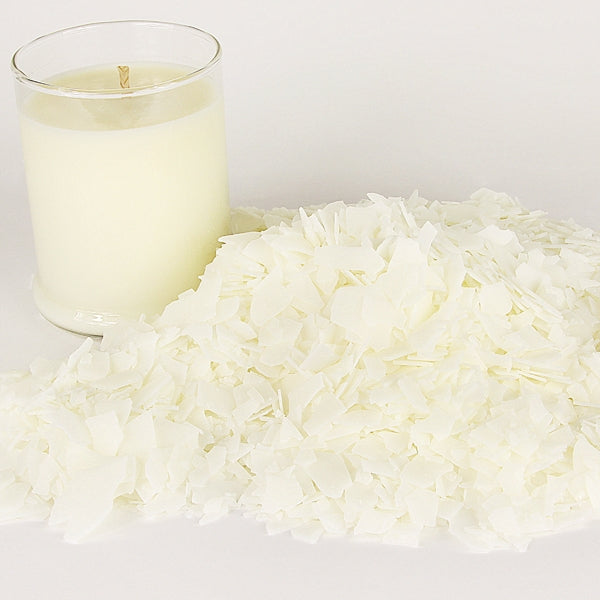Check out the Globe of Crystal Soy Candles and Home Fragrance Delights
Check out the Globe of Crystal Soy Candles and Home Fragrance Delights
Blog Article
From Wick to Wax: Comprehending the Chemistry Behind Soy Wax Candles and Their Ecological Impact
As we brighten our spaces with the warm radiance of candle lights, there lies a world of elaborate chemistry behind the apparently simple act of lighting a soy wax candle. Join us as we unravel the scientific ins and outs behind soy wax candles and explore their effects on our setting.
Soy Wax Vs. Paraffin Wax
When comparing soy wax and paraffin wax for candle production, it is necessary to recognize the unique qualities and advantages of each material. Soy wax is an all-natural, renewable energy stemmed from soybean oil, making it eco-friendly and environment-friendly - home fragrance. In contrast, paraffin wax is a by-product of petroleum refining, which elevates problems concerning its ecological influence and sustainability
Soy wax candles burn cleaner and release much less residue contrasted to paraffin wax candles, making them a healthier selection for interior air high quality. In addition, soy wax has a reduced melting factor, permitting a longer-lasting candle that disperses fragrance better. Paraffin wax, on the various other hand, has a tendency to melt faster and much less cleanly, possibly releasing harmful chemicals right into the air.
From a sustainability viewpoint, soy wax is favored for its biodegradability and sustainable sourcing, lining up with the expanding consumer preference for environmentally conscious products. While paraffin wax has been a traditional selection in candle light making due to its affordability and simplicity of use, the shift towards environment-friendly alternatives like soy wax is acquiring energy in the industry.
Chemical Structure of Soy Wax

Combustion Refine in Soy Candles
The chemical structure of soy wax straight influences the burning procedure in soy candle lights, affecting variables such as melt time, aroma release, and environmental influence. When a soy candle is lit, the warm from the flame thaws the wax near the wick.
The burning performance of soy candle lights is affected by the pureness of the soy wax and the quality of the wick. Additionally, soy wax candles have a reduced ecological impact contrasted to paraffin candles due to their biodegradable and renewable nature.

Ecological Advantages of Soy Wax

Considered a lasting alternative to standard paraffin wax, soy wax offers notable environmental advantages that make it a popular choice amongst eco-conscious consumers. Soy wax burns cleaner and creates much less soot than paraffin wax, adding to better indoor air high quality and reducing the demand for cleaning and maintenance. On the whole, the environmental benefits of soy wax align with the growing demand for sustainable and green items in the market.
Recycling and Disposal Factors To Consider
Recycling and correct disposal of soy wax candle lights play a crucial function in keeping environmental sustainability and reducing waste in families and communities. When it comes to recycling soy wax candles, the initial action is to make sure that the candle light has shed entirely.

In regards to disposal, if recycling is not a choice, soy wax candles are eco-friendly and can be securely dealt with in many house waste systems. It is constantly advised to inspect with regional reusing facilities or waste management solutions for certain standards on candle disposal to ensure correct handling and ecological protection.
Conclusion
In verdict, the chemistry behind soy wax candle lights reveals their environmental benefits over paraffin wax candles. Soy wax, obtained from soybean oil, burns cleaner and produces less soot when compared to paraffin wax. The burning process in soy candles is more reliable, leading to a longer and much more also burn. Furthermore, soy wax is naturally degradable and eco-friendly, making it an extra lasting option for candle this light manufacturing. Recycling and proper disposal of soy wax candles even more add to their environmental influence.
When comparing soy wax and paraffin wax for candle production, it is important to understand the distinct qualities and benefits of each product (crystal soy candles).Soy wax candle lights shed cleaner and give off less soot compared to paraffin wax candles, making them a healthier option for indoor air top quality.Taken into consideration a sustainable option to standard paraffin wax, soy wax uses remarkable ecological advantages that make it a popular option among eco-conscious consumers. Soy wax burns cleaner and generates much less soot than paraffin wax, contributing to far better interior air top quality and minimizing you can find out more the demand for cleaning and maintenance.In conclusion, the chemistry behind soy wax candle lights exposes their environmental advantages over paraffin wax candle lights
Report this page